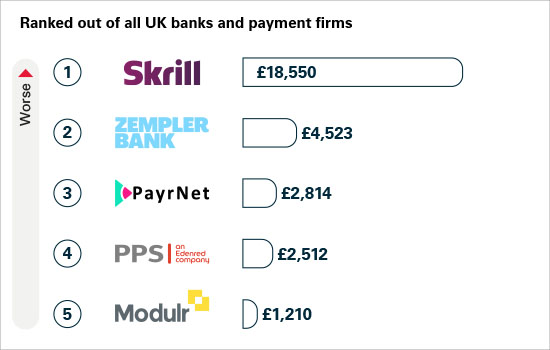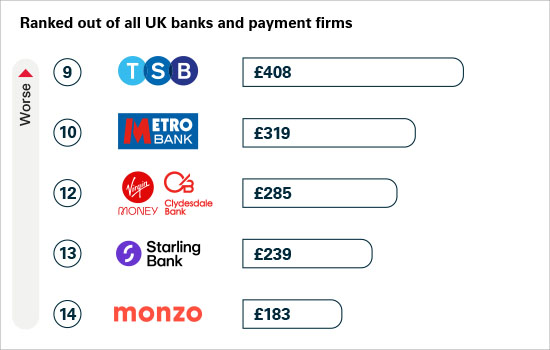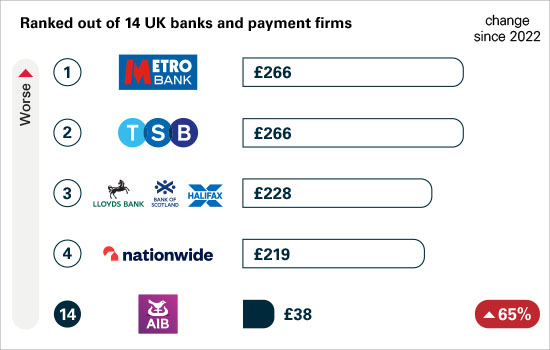Personal Customers Fraud and Security Centre
How to Prevent Fraud |
|
| DO keep your anti-virus software up-to-date | DON’T give your card or pin to another person to use, this can result in fraud claims being declined |
| DO keep your operating system up-to-date | DON’T disclose codes from your Card Reader OR the full five digits of your Personal Access Code (PAC) to anyone. |
| DO keep your browser up-to-date | DON'T open e-mail attachments from people you don't know. |
| DO install a personal firewall on your computer | DON'T open e-mail attachments from people you know unless you know what's in the attachment |
| DO make sure that, if you're sending sensitive personal information, your connection is secure. A closed padlock icon appears on the status bar and the URL will start with https:// rather than http:// | DON'T share your passwords with anyone |
| DO make sure the security settings on your Web browser are at an adequate standard | DON'T click on links sent in a text message. |
| DO use secure passwords to protect access to your system. Passwords should be changed regularly | DON’T click on a link or open an attachment to log in to Online or Mobile Banking, as these can lead to fraudulent sites. |
| DO frequently make and check back-up copies of your data and store them in a safe place. | DON’T use a computer that you do not trust to log in to your Online Banking. |

Take Five To Stop Fraud
the Take Five campaign – led by Financial Fraud Action UK Ltd - is encouraging the nation; to take time to stop, step back and think before they act.
Find out More
How to detect DocuSign-themed phishing attempts
A few simple techniques can help you spot the difference between a spoofed DocuSign email and the real thing:
- Don’t open unknown or suspicious attachments, or click links—DocuSign will never ask you to open a PDF, office document or zip file in an email.
- Hover over all embedded links: URLs to view or sign DocuSign documents contain “docusign.net/” and always start with https.
- Access your documents directly from www.docusign.co.uk by entering the unique security code, which is included at the bottom of every DocuSign email.
- Report suspicious DocuSign-themed emails to your internal IT/security team and to spam@docusign.com.
Authorised push payment (APP) scams rankings in 2023
Authorised push payment (APP) scams happen when someone is tricked into transferring money to a fraudster’s bank account.
These charts use data given to the Payment Systems Regulator by major banking groups in the UK in 2023.
You can read the full report by visiting www.psr.org.uk/app-fraud-data
APP scams received per £million transactions: smaller UK banks and payment firms
This is the amount of money received into the scammer’s account from the victim, ranked out of all UK banks and payment firms.
For example, for every £1 million received into consumer accounts at Skrill, £18,550 of it was APP scams.
 |
APP scams received per £million transactions: major UK banks and building societies
This is the amount of money received into the scammer’s account from the victim, ranked out of all UK banks and payment firms.
For example, for every £1 million received into consumer accounts at TSB, £408 of it was APP scams.
 |


